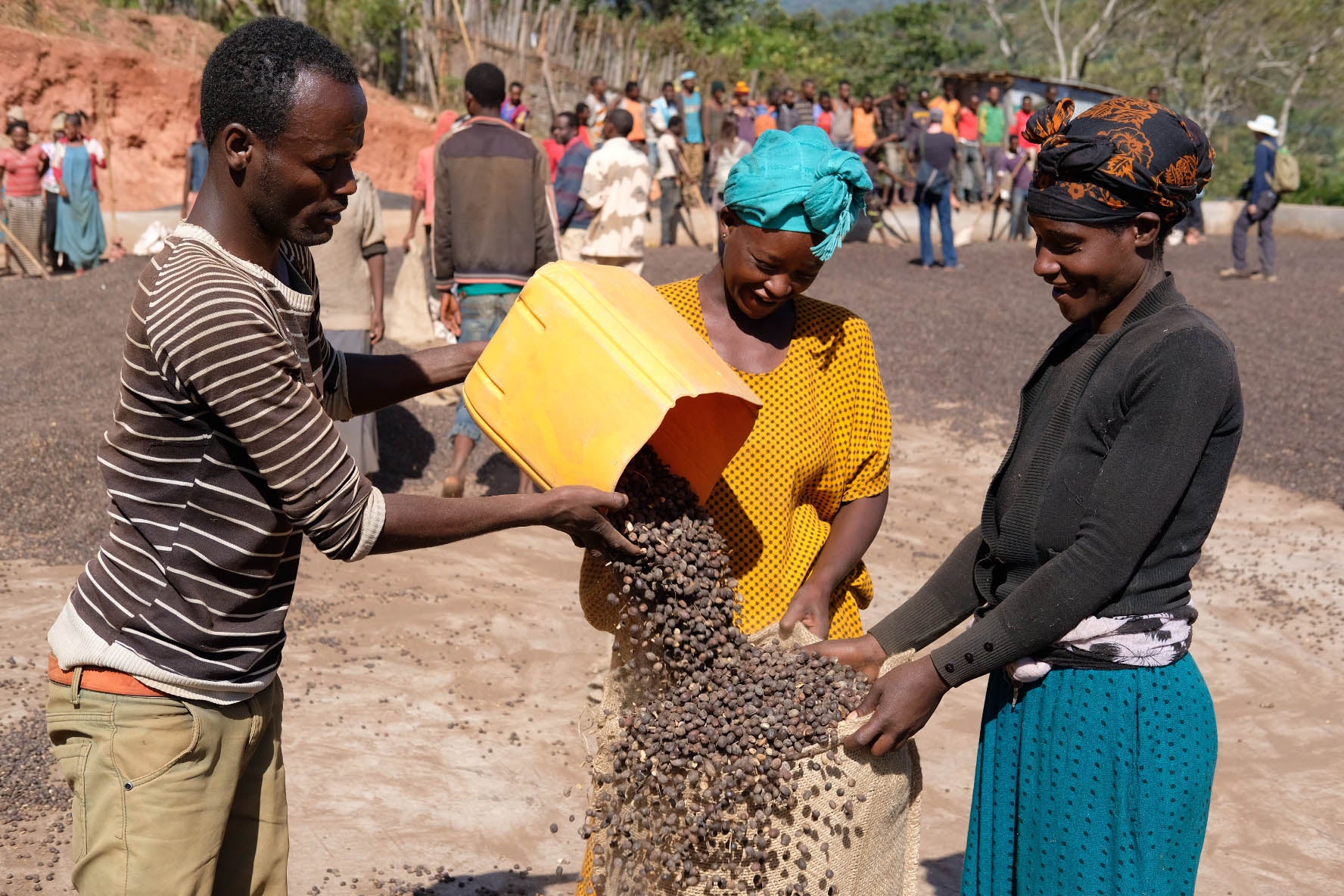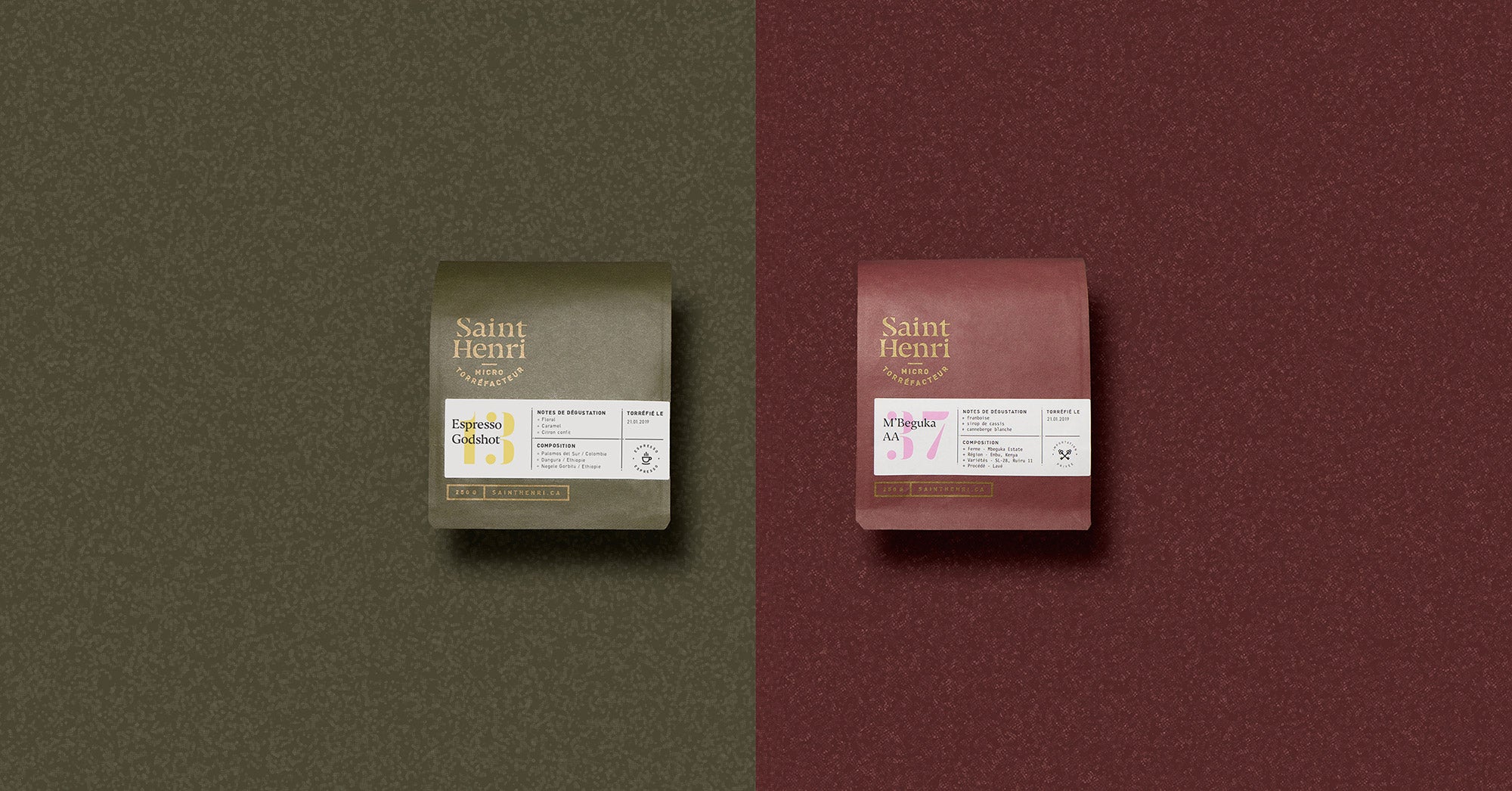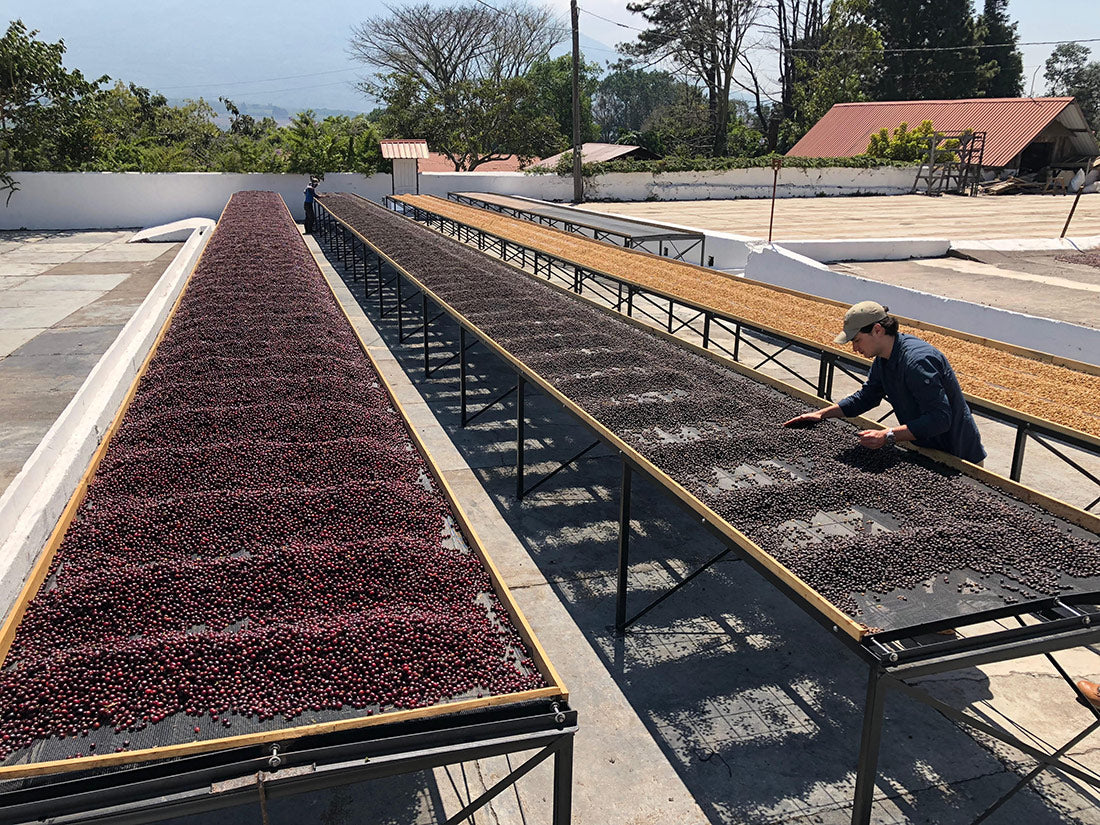
Journey to the source: Ethiopia, birthplace of coffee
COUNTRY PROFILE
Capital : Addis Ababa
Area : 1,127,127 km2
Population : 105 million
Official language : Amharic, Oromo, Somali
Our Source Buying team recently had the chance to travel to Ethiopia for the first time!
Among producing countries, Ethiopia holds a very special place in the hearts of specialty coffee enthusiasts; firstly because it is the birthplace of Arabica coffee, but also thanks to the great diversity of flavor profiles of its coffees. Often closer to floral teas or fruit juices, Ethiopian coffees are quite far from the taste that many associate with coffee and they systematically arouse the curiosity of consumers.
Since its beginnings in 2011, Saint-Henri has been sourcing coffee from Ethiopia every time. annual harvest . Due to the state control system making traceability difficult, until now we had only purchased batches from 2 cooperative unions, namely the Sidama Coffee Farmers Cooperative Union (SCFCU) and the Yirgacheffe Coffee Farmers Cooperative Union (YCFCU) .

As the state previously prohibited producers from exporting their coffees themselves, those who were not members of a cooperative as well as the owners of washing stations found themselves obliged to sell their production through a central platform, the Ethiopian Commodity Exchange (ECX). The role of the ECX was to facilitate the transfer of ownership from producers to exporters and to offer a gradation of coffee quality. On the other hand, traceability was almost zero, since the batches were classified by general regions and graded by quality from 1 to 5. This had the repercussion of not rewarding the work of a farmer (or a station). washing) which would have worked exceptionally well, since its batch was mixed with the others.
It was in March 2017 that the Ethiopian government undertook to reform the export system in order to open the market and allow large exporters and farms (estates) to export their coffee themselves, only one condition: the selling price must always be higher than that which would have been set by the ECX for a comparable quality of coffee. The reform being new, already 10% of coffees were purchased “directly” from an exporter in 2018. Several farms are currently in the process of applying for export licenses and have started to move away from washing stations by drying their coffees directly on their farms.
This is one of those lots we got in 2018-2019. Guji Uraga Samii Lot #1 is a coffee brought to us by Nordic Approach, a Norwegian pioneer in sourcing very high quality green beans. This batch, from a long-standing relationship between Morten (owner of Nordic Approach) and Israel Degfa (owner of the station that processes this coffee) is definitely one of our favorites on the menu this year.

It is because of these export policies that, until now, our purchasing team has never visited Ethiopia, the world's cradle of coffee. However, in January, Nordic Approach organized for the very first time, a trip for coffee buyers entitled: Origin Approach Ethiopia, adventure edition.
With the recent changes brought about by the reform (and our love at first sight for Uraga Samii #1), we agreed that it was the perfect time to finally take a trip to the source to better know this mythical country. United by the same passion for specialty coffee, we quickly formed bonds with the other participants of the trip, from roasters and coffee shops from all four corners of the globe (Poland, Scotland, Germany, United States, China, Japan , Holland).
The first day, spent in the capital Addis Ababa, was essential and highly educational. Exporters, farm owners, climate change specialists, environmental specialists, coffee washing and drying factory owners and a senior official at the Ethiopian Commodity Exchange came together to give us the full picture and detailed history and coffee industry in Ethiopia. We particularly liked the presentation by Technoserve , an NGO that works to encourage sustainable development, improve water quality in rural areas and increase the profitability of small producers.
The next day, we started our journey to the Sidama and Guji areas (about 10 hours drive south of Addis Ababa). For three days, we visited washing stations (Hunkute, Ana Sora, Adola), sorting stations, bagging stations, and, of course, coffee farms. The vast majority of coffee farmers have small coffee gardens behind their houses. The average is around 0.6 hectares, producing around 600 kilos per hectare. In comparison, a farm classified as an “Estate” has more than 30 hectares and twice as much production (1000 to 1200 kilos per hectare). The market share of exportable coffee produced by estates is, however, marginal: around 5%. The vast majority of coffee is therefore produced by small producers.


During our stay in the Guji area, we were able to camp directly in the heart of the Adola washing station for a few nights. We had greatly underestimated the temperature! Located at an altitude of 2000 meters, the mercury regularly drops below 5 degrees Celsius at night and rises to almost 25 degrees Celsius during the day. We also had the chance to participate in a dance party with the local population (the Oromos), as well as attend several traditional coffee serving ceremonies.

Finally, the entire trip was dotted with numerous tastings (cupping) which confirmed to us the enormous diversity of flavor profiles of the producing regions of Ethiopia. We come back, moreover, with suitcases full of samples: shhh! 🤫 Don’t tell the customs officers!

We are very much looking forward to selecting our next micro-lots of Ethiopian coffee and, above all, we are happy to be able to both benefit from and contribute to the recent traceability efforts put in place by the government. We now have the opportunity to know more about the people who produce our coffees and offer them quality premiums. It is also an opening towards potential partnerships with smaller groups of producers or even with individual farms.
Note: despite these changes, Cooperatives are still relevant: they too allow premiums for their members, based among other things on certifications (e.g.: organic, Rainforest Alliance).
*Travel photos by: JF Leduc





